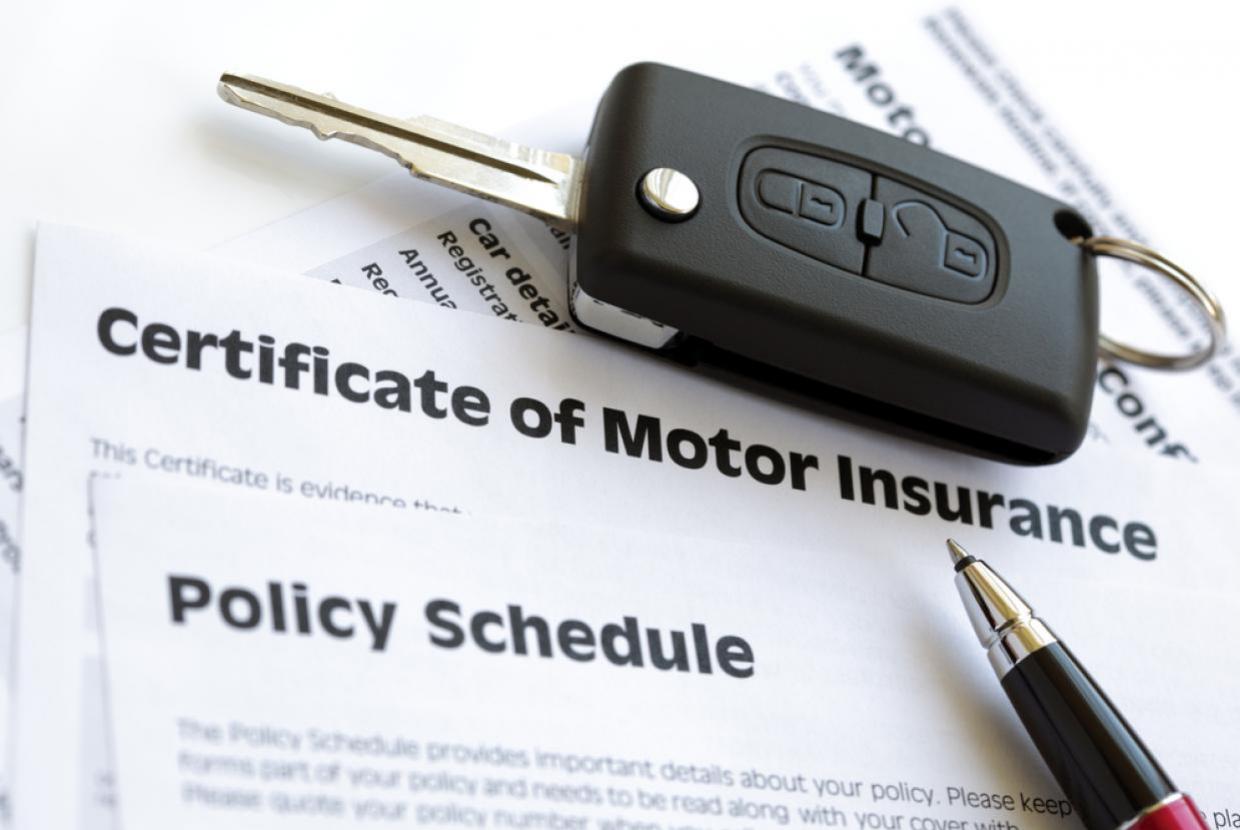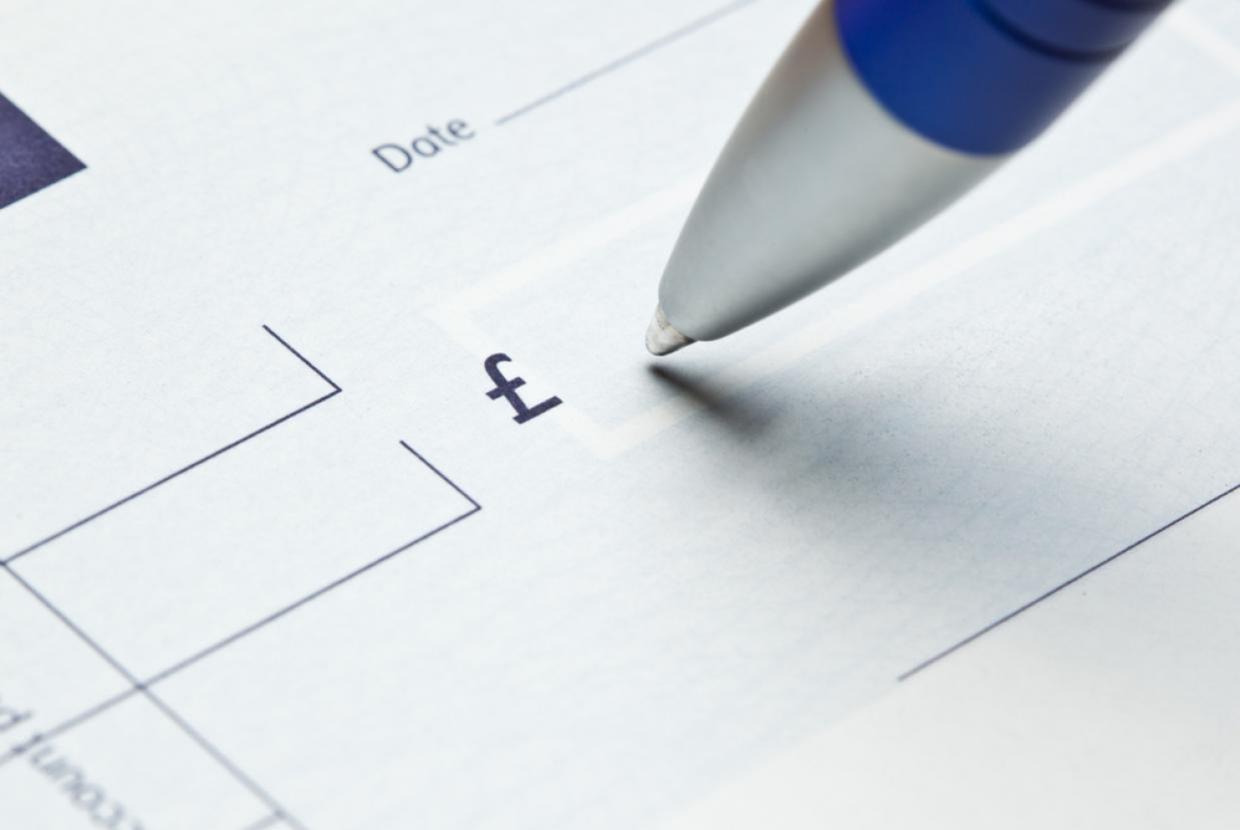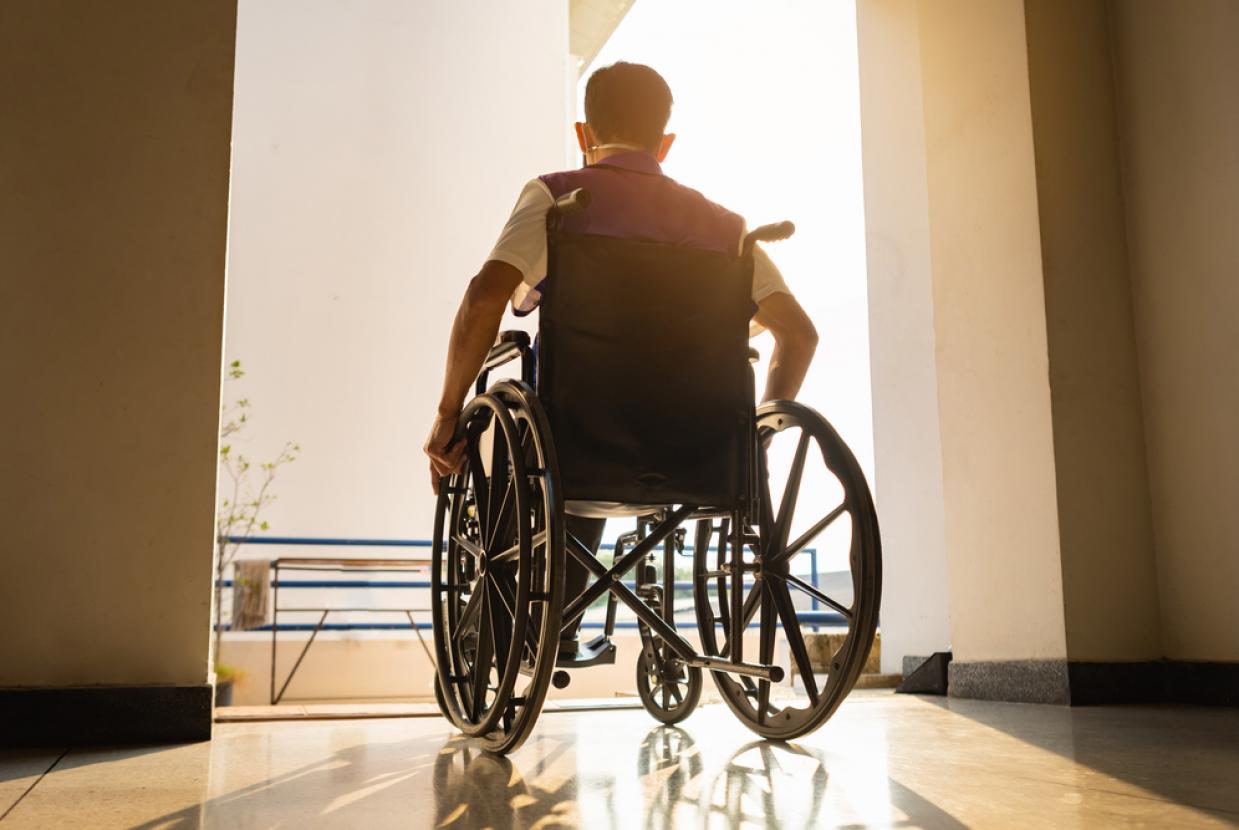Travel Insurance
Travel insurance provides financial protection if you face certain problems when you’re travelling or on holiday. It covers a range of possibilities, from lost luggage to the cost of medical care if you become ill or have an accident. Find out how it works, why it’s so important and what do you need to think about when taking it out.
What does travel insurance cover?
Travelling without insurance could leave you paying a hefty price if something were to go wrong. Depending on the policy, travel insurance pays out in a wide range of circumstances. Most policies include cover for:
- lost or stolen bags (with baggage cover an extra in some policies)
- emergency medical expenses, such as the cost of treatment and getting you home
- the costs of cancelling, delaying or cutting your trip short (with cancellation cover sometimes an additional extra)
- disruptions to travel or accommodation, such as delays and cancellations
- legal costs, in case you’re sued for damaging property or causing injury.
The exact cover available will vary significantly between different insurers and policies. So it’s important to be familiar with the policy wording before you buy.
What isn’t covered?
A lot depends on the policy and the insurer you go for. But there are a few things that travel insurance policies generally don’t cover, or which might only be available for an extra cost:
- If you’re over 65 and/or have a medical condition, you might need specialist insurance. If you have a medical condition, you have to tell your insurer. If you don’t tell them, you risk invalidating your insurance policy - in other words, your claim might be rejected. Read our guides on Travel insurance if you’re over 65 or if you have a medical condition.
- Adventure sports, winter sports and potentially dangerous activities (such as climbing and white-water rafting) are often not covered as part of a standard travel insurance policy. So you might need to pay for extra cover.
- With most policies, you’re not covered for travel to countries or regions that the Foreign and Commonwealth Office recommends avoiding. See the latest list on the GOV.UK website
- Expensive or luxury items – such as watches, jewellery, laptops and cameras – are usually excluded. This is because they’re likely to exceed the ‘single article’ price limit for your policy.
- Your policy might not offer cover if your trip is affected by events such as civil unrest, earthquakes, pandemics or acts of terrorism.
- Pregnancy does not count as a pre-existing condition and you should still be covered if you travel. However, read your policy to make sure there’s enough cover if you have any complications while you’re away. If you’re travelling at more than 6 months pregnant you should tell your airline before you book to check you’re okay to fly.
What types of travel insurance are there?
While policies can differ a lot in terms of cover, they will generally fall into one of the following categories:
- Single trip – covers you for a one-off trip for a set period of time.
- Annual/multi-trip – covers you for as many trips as you take within a whole year. Typically more cost-effective than the single trip option if you’re taking more than two holidays within that period.
- Backpacker/gap year – provides cover for multiple destinations over an extended period. You might need to add cover for the kinds of activities you plan on doing, such as adventure sports, work or volunteering.
- Winter sports – specialist cover if you’re going skiing, snowboarding or other winter sports. These are considered by insurers to be high-risk activities and so are excluded from most standard policies.
- Worldwide – there are usually two types of worldwide policy – those that cover the US and those that don’t.
- European – not always clear cut, as some policies cover areas that aren’t technically in Europe.
- Family – covers two adults plus up to four children travelling together. Suitable if your children are 18 or younger and live full-time with you.
Where can you buy travel insurance?
Comparison sites: a good place to shop around and see the best deals. But try to use at least two different sites, as they don’t always use the same criteria or cover the same providers. And remember, cheapest is not necessarily best. There’s no point in getting the cheapest policy if it doesn’t pay out when you need it.
Insurance brokers: they can help you get the most suitable travel insurance for your circumstances, particularly if you could be considered higher risk (for example, you have a pre-existing medical condition).
Buy direct: travel insurance policies are available from a range of providers, including insurers, banks, supermarkets and travel companies. But insurance bought as an add-on to your trip (such as from the travel agent or airline) is typically more expensive, so make sure you search the market before you buy.
Remember to check if you already have travel insurance in place. For example, it might be part of a packaged bank account you hold.
When should you buy travel insurance?
You should buy insurance for your trip as soon as you book it. This means you’ll be covered if anything happens before you set off. This could include having to cancel your holiday because of illness or a natural disaster. Read your policy to find out what it covers.
Five things to think about when buying travel insurance
1. Be honest about your medical history
It’s important to give your insurer all the information they ask for. When you make a claim, the insurer will check your medical history. If you didn’t answer truthfully or accurately in your application, or you didn’t disclose something, your claim might be rejected. How far back you need to go when declaring medical conditions will depend on your insurer. Pre-existing conditions are usually something you’ve seen a doctor about or had treatment for in the last two years.
2. Read the small print
Take your time reading and completing the application. Make sure you know exactly what is and isn’t covered. Be aware that definitions and exclusions (what isn’t covered) can vary between different insurers. If you see something you don’t understand, ask the insurer or an insurance broker.
3. Think about cover, not just price
The cheapest deal isn’t necessarily the best. Make sure you get the right policy, even if it costs a few pounds more. Otherwise you might not be able to claim when you really need to.
Read the main benefits and features information offered by your provider before you buy. This will make sure you know exactly what you’re paying for. You’ll have 14 days after you received your policy details to cancel if you find the policy isn’t suitable for you.
4. Watch out for the excess
When you’re comparing policies, it’s important to check the excess, as this can take a deal from being cheap to very expensive. The excess is the amount you agree to pay should you need to make a claim on your insurance.
For travel insurance claims, excesses are applied on a ‘per section’ basis. For example, if you’re mugged on holiday you might have to claim under the medical expenses section, personal belongings section and money section of your policy. In this case three excesses could be deducted from your payout.
5. Check your limits
Make sure your policy offers a decent level of cover. For example, your medical cover should be at least £1 million in Europe and £2 million for areas outside Europe. And the cancellation amount needs to cover your costs if you need to cancel your trip or return home early.
Most policies will provide at least £1 million in personal liability cover in case you’re sued for damaging property or injuring someone.








































